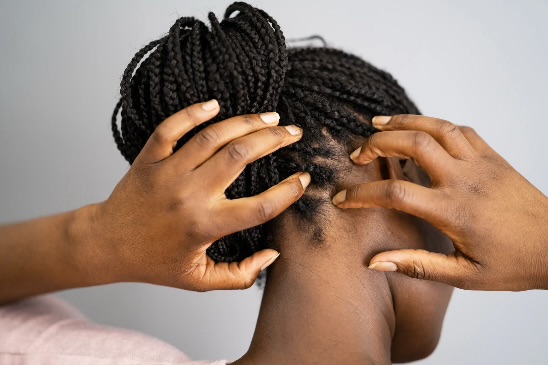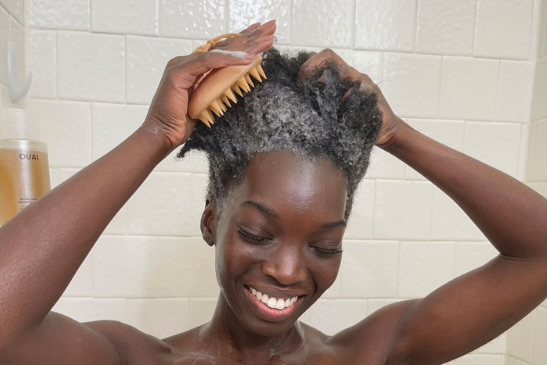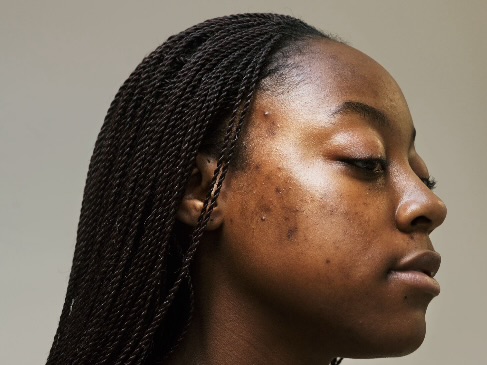Scalp ringworm, also known as tinea capitis, is a common fungal infection that affects the scalp and hair follicles.
Despite its name, ringworm is not caused by a worm but by fungi called dermatophytes. It often appears as red, scaly patches or round, ring-shaped rashes on the scalp and can lead to hair loss in affected areas.
Scalp ringworm is especially common in children, but it can affect people of all ages.
Understanding how to identify, prevent, and treat scalp ringworm can help avoid the discomfort and complications it may bring.
Identifying Scalp Ringworm
The early signs of scalp ringworm can vary but often include small, itchy, red patches on the scalp. These patches may grow over time and take on a circular, ring-like appearance, hence the name.
Some individuals may experience scaling, flaking, and crusting on the scalp, and in severe cases, the infection can cause painful inflammation or swollen, pus-filled sores.
Hair loss in circular patches is another common symptom, as the fungus weakens hair at the roots, causing it to break easily. If left untreated, the infection can lead to scarring and permanent hair loss in severe cases.
Preventing Scalp Ringworm
Scalp ringworm spreads easily through direct contact with an infected person, animal, or contaminated objects like brushes, hats, and towels.
To prevent it, practicing good hygiene is crucial. Avoid sharing personal items such as combs, towels, or hair accessories.
Washing hair regularly and ensuring the scalp stays dry can help prevent fungal growth. Additionally, keeping pets, especially cats and dogs, clean and observing them for any signs of ringworm can reduce the risk of transmission.
In settings like schools or daycares, outbreaks can occur due to close contact among children.
Educating kids about the importance of not sharing hats or brushes and washing their hands regularly can help lower the risk of spread.
Treating Scalp Ringworm
Once scalp ringworm is identified, prompt treatment is essential to prevent it from worsening.
Over-the-counter antifungal shampoos may provide some relief, but oral antifungal medications, like griseofulvin or terbinafine, are often necessary to fully eliminate the infection. These medications are typically prescribed for several weeks and work by inhibiting fungal growth and helping the body fight off the infection.
Additionally, washing bedding, hats, and personal items frequently can help prevent reinfection.
Conclusion
Scalp ringworm, though common, is highly treatable with the right approach.
By recognizing the symptoms, maintaining good hygiene, and seeking appropriate treatment, individuals can effectively manage and prevent scalp ringworm, minimizing its impact on health and well-being.





